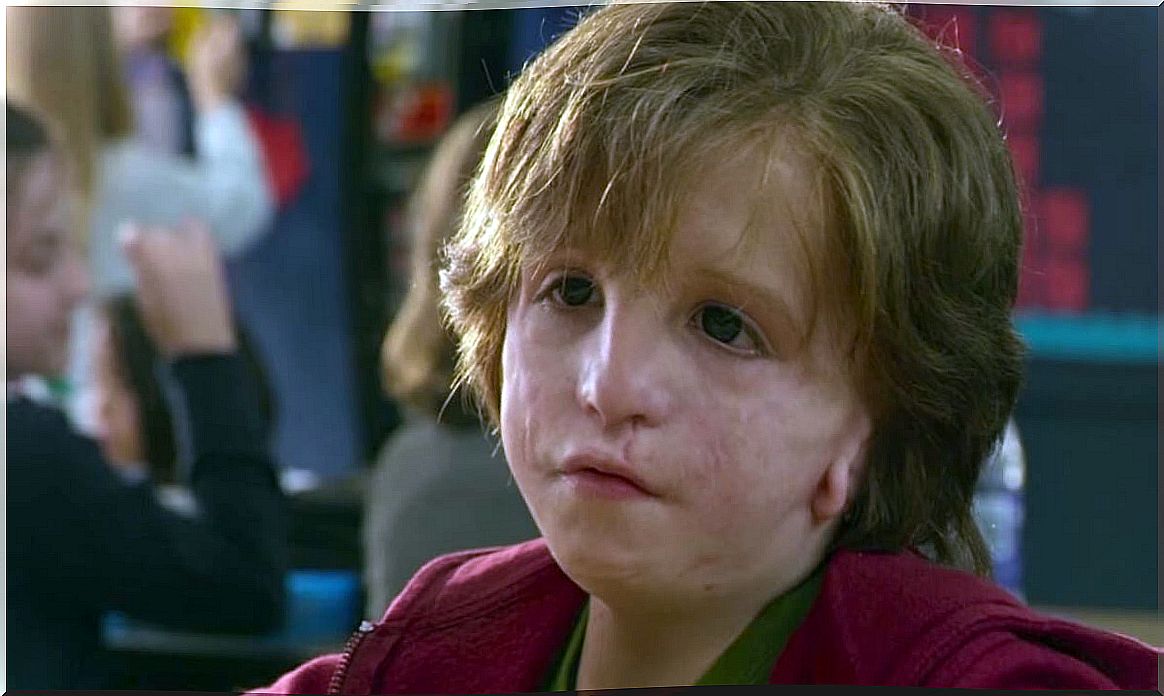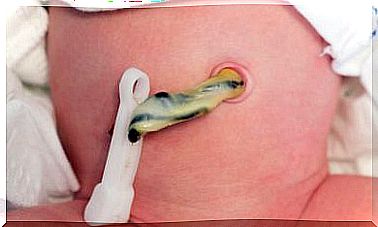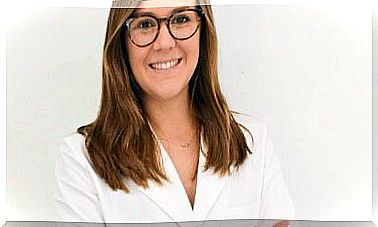International Treacher Collins Syndrome Day

May 28 is the International Day of Treacher Collins Syndrome, a genetic disease unknown to most of the population. For this reason, and to give visibility to people who suffer from this syndrome, we have decided to write the following lines.
This rare disease was first described in 1900 by surgeon and ophthalmologist Edward Treacher Collins, who gives the syndrome its name. Do you want to know what its characteristics are, why it occurs and what is the possible treatment? Well, pay attention to what we explain below.
Treacher Collins syndrome

Treacher Collins syndrome is a rare genetic disease that affects only 2 out of 100,000 newborns. It is a congenital craniofacial malformation, produced by the mutation of the TCOF1 gene, located on the fifth chromosome. Although in a small number of cases this mutation is found in the POLR1C or POLR1D genes.
This syndrome is characterized by the presence of problems in the development of the bones of the head, cheekbones and jaw. Specifically, the manifestations that these people usually present are the following:
- Hypoplasia of the zygomatic or malar bones, that is, incomplete development of the cheekbones.
- Cleft palate.
- Small jaw.
- Big Mouth.
- Small ears.
- Slit or defect in the lower eyelid or absence of eyelashes.
- Microtia.
- Deafness or low hearing.
- Anomalies in the outer part of the ears.
But keep in mind that a person diagnosed with s Treacher Collins syndrome does not always have all of these symptoms.
Treatment of the disease
As we have seen, many of the characteristic symptoms of Treacher Collins syndrome are easy to detect with the naked eye. Therefore, at the time of birth, doctors usually already have suspicions of the presence of this disease and, once a thorough clinical examination has been carried out, they can diagnose the newborn, thus starting as soon as possible to implement the appropriate treatment.
Said treatment depends on each case and on the characteristics that the child meets. However, in general, one can speak of a multidisciplinary treatment, which includes the following aspects :
- Neurosurgery.
- Plastic surgery.
- Otolaryngology, to treat problems related to the ears, nose, and throat.
- Ophthalmology, for eye problems.
- Dentistry, for dental and orthodontic intervention.
- Audiology, for hearing problems.
- Speech therapy, to work on difficulties in the development of language and speech.
Putting yourself in the shoes of people with Treacher Collins syndrome
Now that you know some basic facts about this disease and you know that the May 28 is the International Day of Treacher Collins Syndrome, we propose a plan that you can carry out with your whole family to better understand this condition and put yourself in the shoes of people who suffer from it.
What is the plan that we recommend? View the movie Wonder ! Since in this wonderful and moving feature film, starring Julia Roberts, Owen Wilson and Jacob Tremblay, the life of a 10-year-old boy with Treacher Collins syndrome is described, showing the challenges that he has to overcome every day.
After watching this movie you will realize that living with Treacher Collins syndrome is not easy at all. In fact, the journalist Vicky Bendito, diagnosed with this disease, also explains it: “It is not fair that life costs people with disabilities three times as much as the rest.”
And it’s true: life is more complicated when you are born with a genetic disease like this. Therefore, as a society, we have a duty to be empathetic with these people and try not to limit their possibilities to grow and develop like any other citizen.










